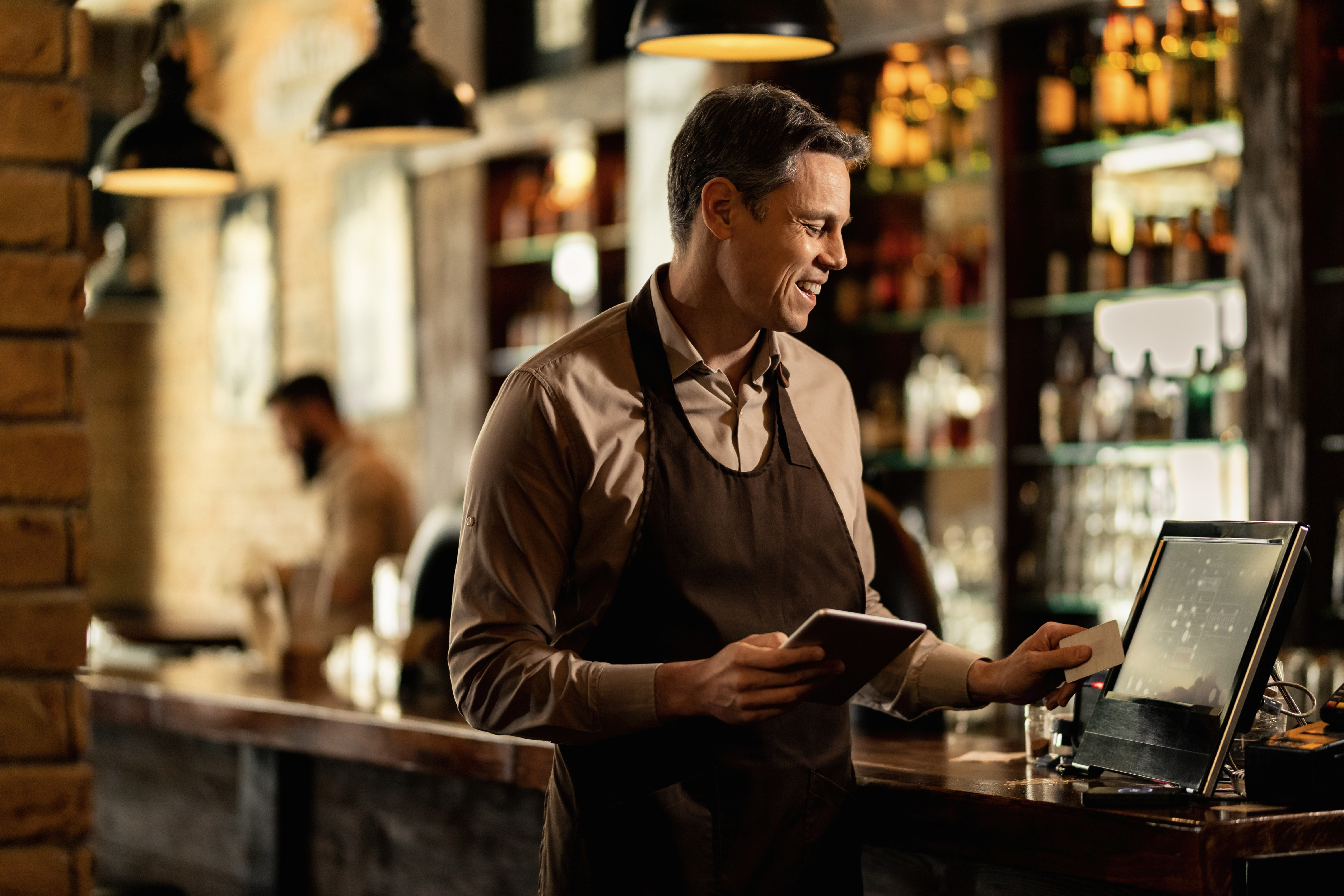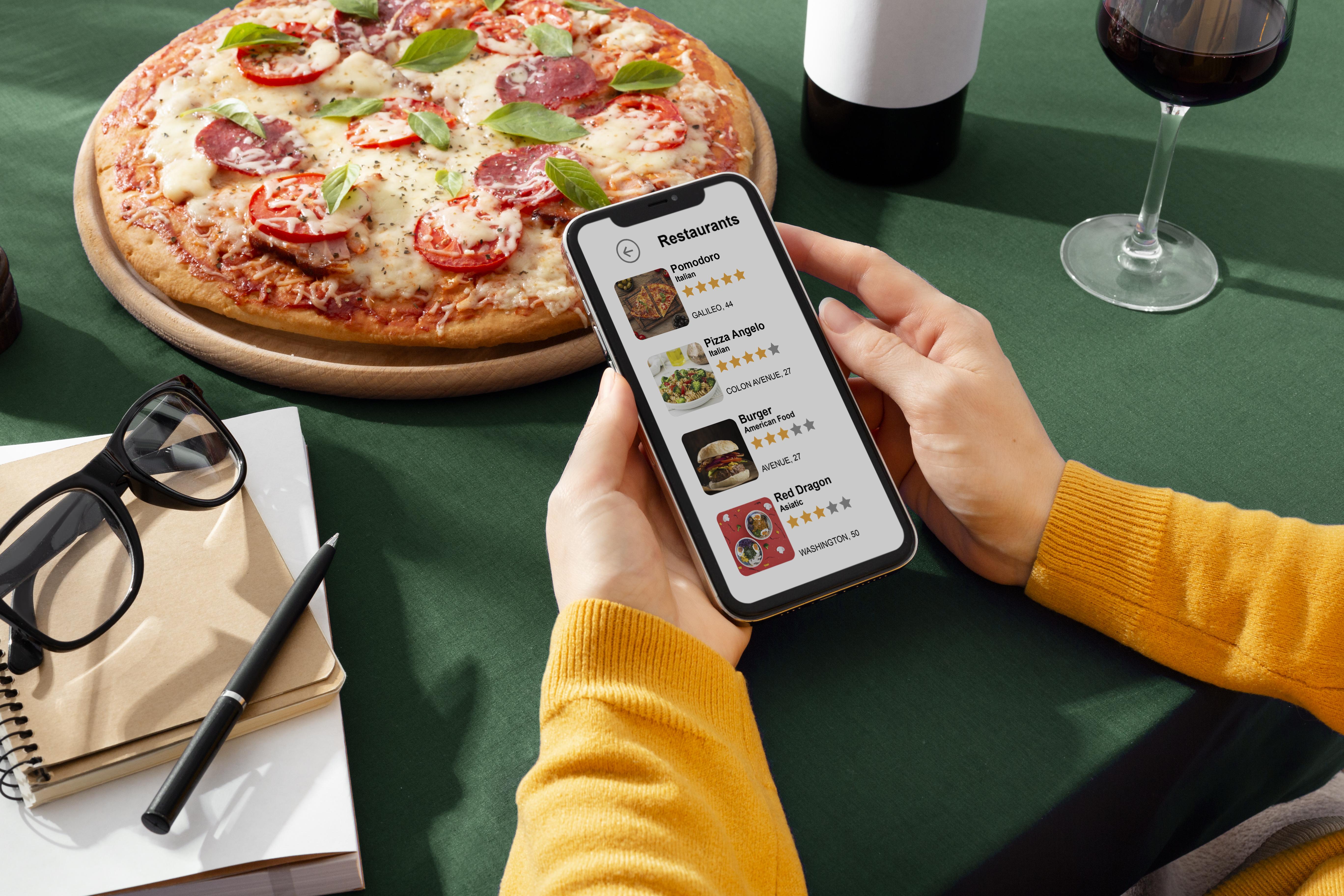Tips, trends, and smart insights to level up your service game.
you’ll actually want to try.
Fresh Hospitality Trends
Stay ahead with the latest in service, tech & guest trends.
Quick Tips with Big Impact
Easy tweaks that boost service flow and guest smiles.
Real Stories from Real Teams
How real places use Call The Service to simplify & shine.
Recent Posts

The Smart Way to Run a Restaurant in 2025
In today’s fast-paced hospitality industry, restaurants are under constant pressure to deliver faster service, smoother operations, and memorable guest experiences. With digital menus proven to reduce perceived wait time by over 15%, technology is no longer just a convenience—it’s a necessity. A modern restaurant management system brings together digital menus, service requests, staff coordination, and performance insights into one seamless platform, helping restaurants operate more efficiently while elevating the dining experience for every guest.

Hospitality Trends 2026: Shaping the Future of Travel
As we approach 2026, the hospitality industry is undergoing a profound transformation. Hospitality trends 2026 highlight the shift towards personalized, sustainable travel experiences driven by technology, emotional connections, and wellness. From AI integration to the rise of intentional travel, discover how these trends are shaping the future of guest experiences and operational efficiency in hotels and restaurants.

5 Ways a Waiter Calling System Boosts Efficiency & Satisfaction
Choosing the right waiter calling system can transform how your restaurant operates and how guests experience your service. From reducing wait times and improving staff coordination to enabling future-ready, personalized dining experiences, modern calling systems are becoming an essential tool for restaurants looking to stay competitive.

Create AI Generated Food Images with Call The Service
AI is transforming how restaurants present their menus, and ai generated food images are now one of the fastest, most affordable ways to upgrade your visual branding. Instead of relying on expensive photo shoots or outdated images, restaurants can now create high-quality food visuals in minutes using Call The Service.

AI in Hospitality Industry: Shaping the Future of Restaurants and Cafes
Explore how AI in hospitality industry is revolutionizing restaurants and cafes, from personalized digital menus to AI-generated dish images, enhancing service efficiency and customer experience.
All

Digital Transformation in Hospitality at Beach Clubs
Explore how digital transformation in hospitality is revolutionizing beach clubs with AI-driven tools, digital menus, and smart ordering systems. From seamless service to personalized guest

Restaurant Sustainability Practices for Profitable Growth
Learn how adopting digital tools and restaurant sustainability practices transforms your business into a profitable, eco-friendly operation.

Call the Service Referral Code – Earn Bonuses or Make Money
Looking for an easy way to earn extra cash? Service referral codes can be your ticket to quick and consistent bonuses. Many companies, from ride-sharing

Maximize Earnings: The Best Referral Programs to Make Money
In today’s digital world, referral programs are one of the easiest and most effective ways to earn passive income. Whether you’re recommending your favorite apps,

Boost Sales with a Digital Menu App for Restaurants
Discover how a digital menu app for restaurants transforms the guest experience and your bottom line, enabling visual menus, smart upsells, real-time updates, and contactless

Hospitality Industry Trends 2025
Stay ahead of the curve with our definitive look at the hospitality industry trends 2025. From a shifting macroeconomic landscape to the rise of AI-driven



